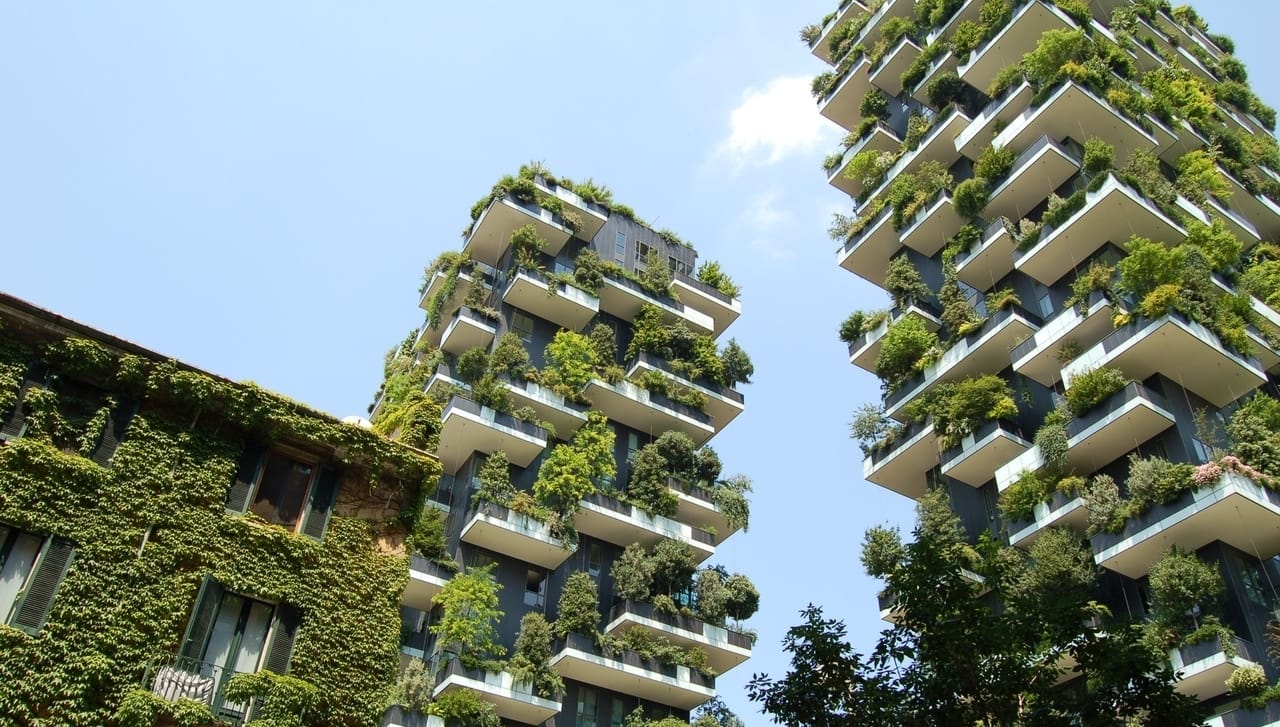
Christine Murray, editor-in-chief of The Developer, a publication about making cities worth living in, wrote a piece for Dezeen on why architects must “choose ethics over aesthetics”. It is a provocative article, and one of the most thought-provoking points that Murray makes – which I was completely unaware of – is that “construction itself is responsible for half of all global carbon emissions”. The actual figure is 39%, but the point still remains powerful. This is a monumental contribution to carbon emissions and the climate effects that follow. And this is something that architects, argues Murray, must respond to. Regarding aesthetics in architecture, she writes:
What is the point of firmness, commodity and delight in the face of crop failure, nothing to drink, or breathe? Forty per cent of insect species are in decline; if we lose them all, we have no pollination – nothing to eat – and the entire ecosystem collapses due to starvation. What matters is now, not whether your stone facade is still standing at the fall of mankind.
Murray voices her frustration about architects not taking climate change seriously, especially since 55% of emissions from the lifetime of a building come from products and materials; so the choices that architects make can make a significant difference to the eco-friendliness of a building. 20% of a building’s emissions could be prevented by using less wasteful, more recycled materials. She states that “architects are lazy and unprofessional when it comes to material selection,” adding that they should do their “research, ask tough questions about ‘green’ products on offer, and seek out alternatives. It worked for vegans, with major supermarkets and restaurants now investing in choice.”
However, considering ethics and aesthetics in architectural designs is not a zero-sum game. You do not have to choose the former over the latter, as Murray implores architects to do. Ethics and aesthetics are not necessarily opposed to each other; they can be reconciled. In his book The Shape of Green: Aesthetics, Ecology, and Design (2012), Lance Hosey presents the view that beauty and sustainability actually intertwine:
Long term value is impossible without sensory appeal, because if design doesn’t inspire, it is destined to be discarded. “In the end,” writes Sengalese poet Baba Dioum, “we conserve only what we love.” We don’t love something because it is nontoxic and biodegradable, we love it because it moves the head and heart… When we treasure something, we’re less prone to kill it, so desire fuels preservation. Love it or lose it. In this sense, the old mantra could be replaced by a new one: If it’s not beautiful, it’s not sustainable. Aesthetic attraction is not a superficial concern, it’s an environmental imperative. Beauty could save the planet.
We can, indeed, have the “firmness, commodity and delight” that architects value, along with the values championed by British architect Elron Burrell: passive house energy efficiency, low embodied energy, health, and walkability. There are countless examples of green buildings that are regarded as impressive from an aesthetic point of view (see here, here, and here). There is no reason that more sustainable building materials have to produce any less aesthetically pleasing buildings. At the same time, while architects can certainly reconcile ethics with aesthetics, it remains a careful balancing act; sometimes a hyper-focus on sustainability could let beauty fall by the wayside, and other times, as Murray justifiably stresses, only thinking about aesthetics, tradition, and the bottom line has led to construction becoming a major source of harmful emissions.
Sustainability can and should become a part of aesthetics in architecture. A part of what makes buildings and cities beautiful rather than ugly is, indeed, whether they support human well-being, health, and precious habitats. If you know that buildings are in conflict with these values, then does this not mar their aesthetic value? Hosey’s point is also worth repeating here: caring about aesthetics should not mean we set aside sustainability; the beauty of buildings and cities is what should motivate us to preserve them, which, of course, means constructing them in ways that conserve the planet upon which they depend.